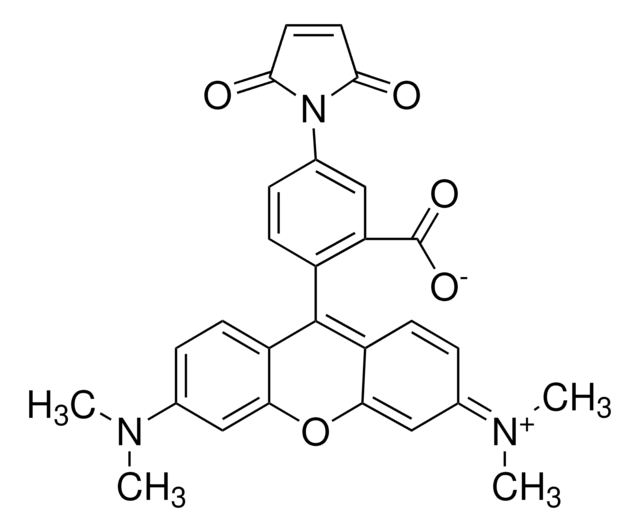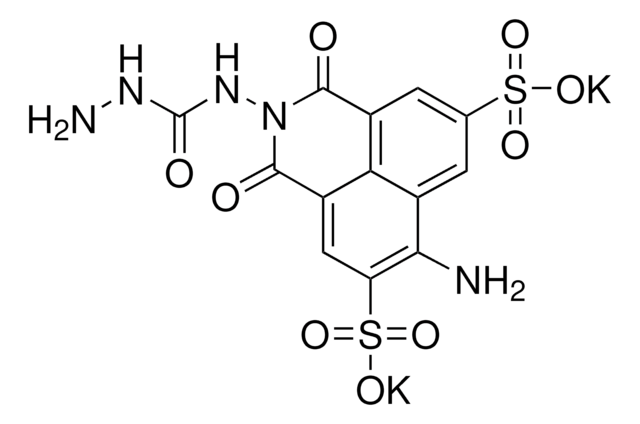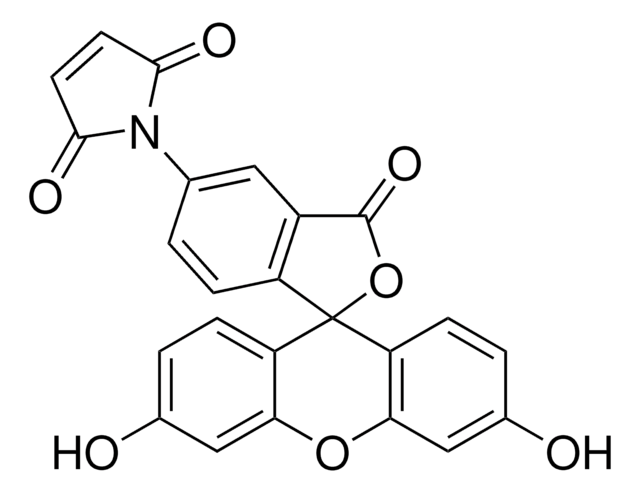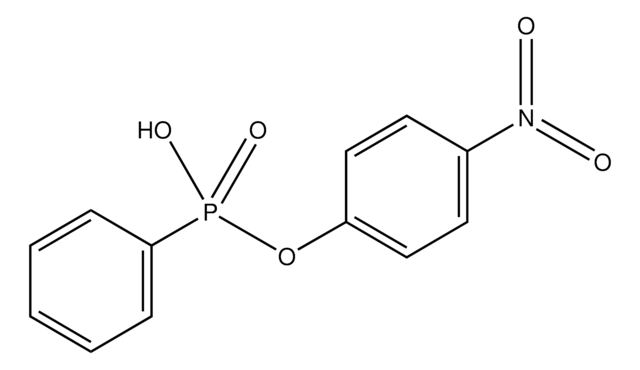P2263
Polyethyleneglycol Bisphenol A Epichlorohydrin Copolymer
mol wt 15,000-20,000 Da
Sinónimos:
Polyethylene glycol compound
Iniciar sesiónpara Ver la Fijación de precios por contrato y de la organización
About This Item
Fórmula lineal:
[C15H16O2·C3H5ClO·(C2H4O)n·H2O]x
Número de CAS:
Número MDL:
Código UNSPSC:
12352201
ID de la sustancia en PubChem:
NACRES:
NA.25
Productos recomendados
Formulario
flakes
Nivel de calidad
mol peso
15,000-20,000 Da
cadena SMILES
OCCO
InChI
1S/C2H6O2/c3-1-2-4/h3-4H,1-2H2
Clave InChI
LYCAIKOWRPUZTN-UHFFFAOYSA-N
¿Está buscando productos similares? Visita Guía de comparación de productos
Descripción general
Polyethyleneglycol bisphenol A epichlorohydrin copolymer is a polyethylene glycol compound that has been shown to protect the intestinal epithelium against microbial invasion during stress.
Aplicación
Polyethyleneglycol bisphenol A epichlorohydrin copolymer has been used on glioma cells to compare therapeutic strategies for malignant gliomas.
Nota de preparación
Consists of 2 molecules of polyethylene glycol (mol. wt. 7,000-9,000) joined internally through a homobifunctional aromatic spacer.
Código de clase de almacenamiento
11 - Combustible Solids
Clase de riesgo para el agua (WGK)
WGK 1
Punto de inflamabilidad (°F)
Not applicable
Punto de inflamabilidad (°C)
Not applicable
Equipo de protección personal
Eyeshields, Gloves, type N95 (US)
Elija entre una de las versiones más recientes:
¿Ya tiene este producto?
Encuentre la documentación para los productos que ha comprado recientemente en la Biblioteca de documentos.
Los clientes también vieron
Shigeru Yamaguchi et al.
Photochemistry and photobiology, 86(4), 964-971 (2010-05-25)
Titanium dioxide (TiO(2)) is thought to be a photocatalytic agent excited by UV light. Our aim was to investigate the photocatalytic antitumor effect of water-dispersed TiO(2) nanoparticles on C6 rat glioma cells and to evaluate the treatment responses by the
Shigeru Yamaguchi et al.
Ultrasonics sonochemistry, 18(5), 1197-1204 (2011-01-25)
Sonodynamic therapy is expected to be a novel therapeutic strategy for malignant gliomas. The titanium dioxide (TiO(2)) nanoparticle, a photosensitizer, can be activated by ultrasound. In this study, by using water-dispersed TiO(2) nanoparticles, an in vitro comparison was made between
Licheng Wu et al.
Gastroenterology, 126(2), 488-498 (2004-02-06)
During stress, erosion of protective intestinal mucus occurs in association with adherence to and disruption of the intestinal epithelial barrier by invading opportunistic microbial pathogens. The aims of this study were to test the ability of a high-molecular-weight polyethylene glycol
William N Batts et al.
Virus research, 230, 38-49 (2017-01-16)
A novel virus, rainbow trout orthomyxovirus (RbtOV), was isolated in 1997 and again in 2000 from commercially-reared rainbow trout (Oncorhynchus mykiss) in Idaho, USA. The virus grew optimally in the CHSE-214 cell line at 15°C producing a diffuse cytopathic effect;
Sangheon Han et al.
Biomedical optics express, 10(7), 3472-3483 (2019-07-31)
Gold nanoparticles (AuNPs) below 10 nm in size can undergo renal clearance, which could facilitate their clinical translation. However, due to non-linear, direct relationship between their absorption and size, use of such "ultra-small" AuNPs as contrast agents for photoacoustic imaging
Nuestro equipo de científicos tiene experiencia en todas las áreas de investigación: Ciencias de la vida, Ciencia de los materiales, Síntesis química, Cromatografía, Analítica y muchas otras.
Póngase en contacto con el Servicio técnico










